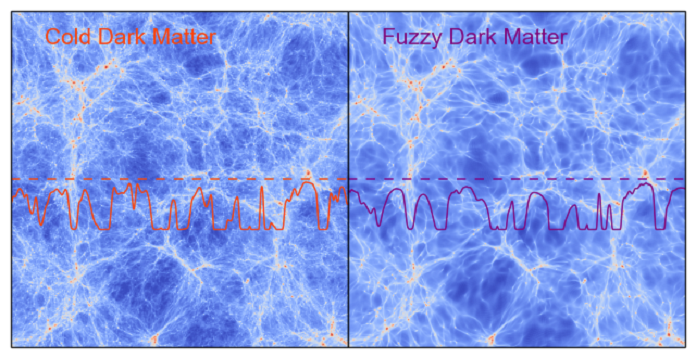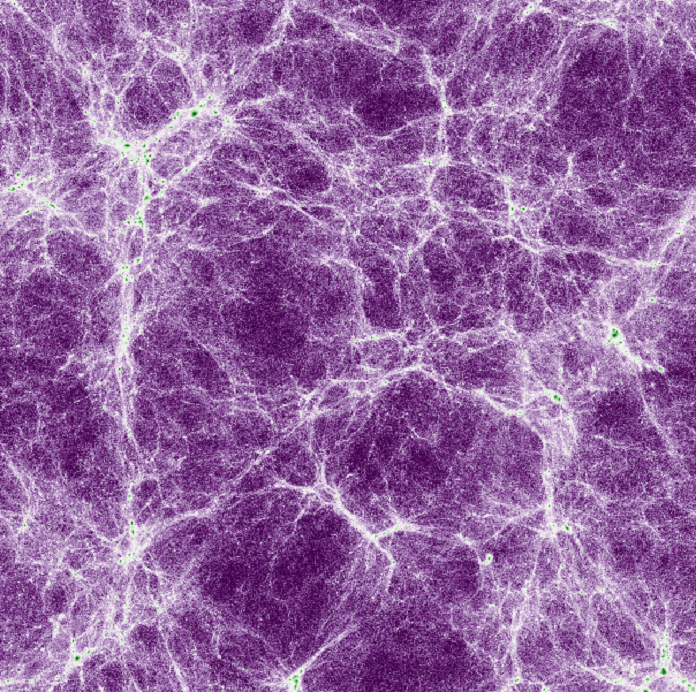The existence of dark matter has been known for decades. The first evidence for dark matter emerged in 1932 when Jan Oort noted that objects are circling the galactic plane as if our galaxy has substantially more mass than we can see.
It is the unseen material that comprises the bulk of our Universe. Still, no one perfectly knows what it is in actual. But a research by an dark matter might be. The researchers are one step closer to finding dark matter.
By using data from intergalactic space. Scientists suggest the existence of a “cold dark matter” model.
Vid Iršič, lead author of the study said, “For decades, theoretical physicists have tried to understand the properties of the particles and forces that must make up dark matter.”
“What we have done is place constraints on what dark matter could be and ‘fuzzy dark matter,’ if it were to make up all of the dark matter, is not consistent with our data.”
Both the fuzzy and cold dark matter theories explain the ways in which dark matter seems to affect galaxies. They also explain about the intergalactic medium that separates them. But both theories seem to fail when modeled based on the latest observations of the intergalactic medium (IGM).

In this research, scientists simulated the IGM and calculated the type of particle that dark matter might be. They found the fuzzy dark matter theory doesn’t seem to work, although that kind of particle may still exist.
Finding dark matter is the goal of many researchers. Each discovery about dark matter redefines our understanding of the fundamental forces in our Universe.
The team’s results do not address all of the long-standing drawbacks of the cold dark matter model. According to Irsic, further mining of data from the IGM can help resolve the type of particles that make up dark matter.
He said, “Either way, the IGM remains a rich ground for understanding dark matter.”
